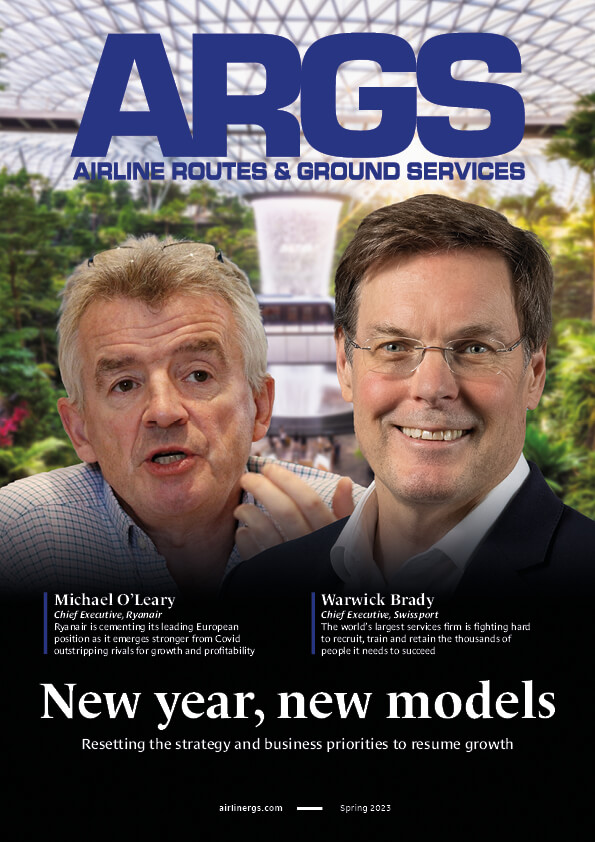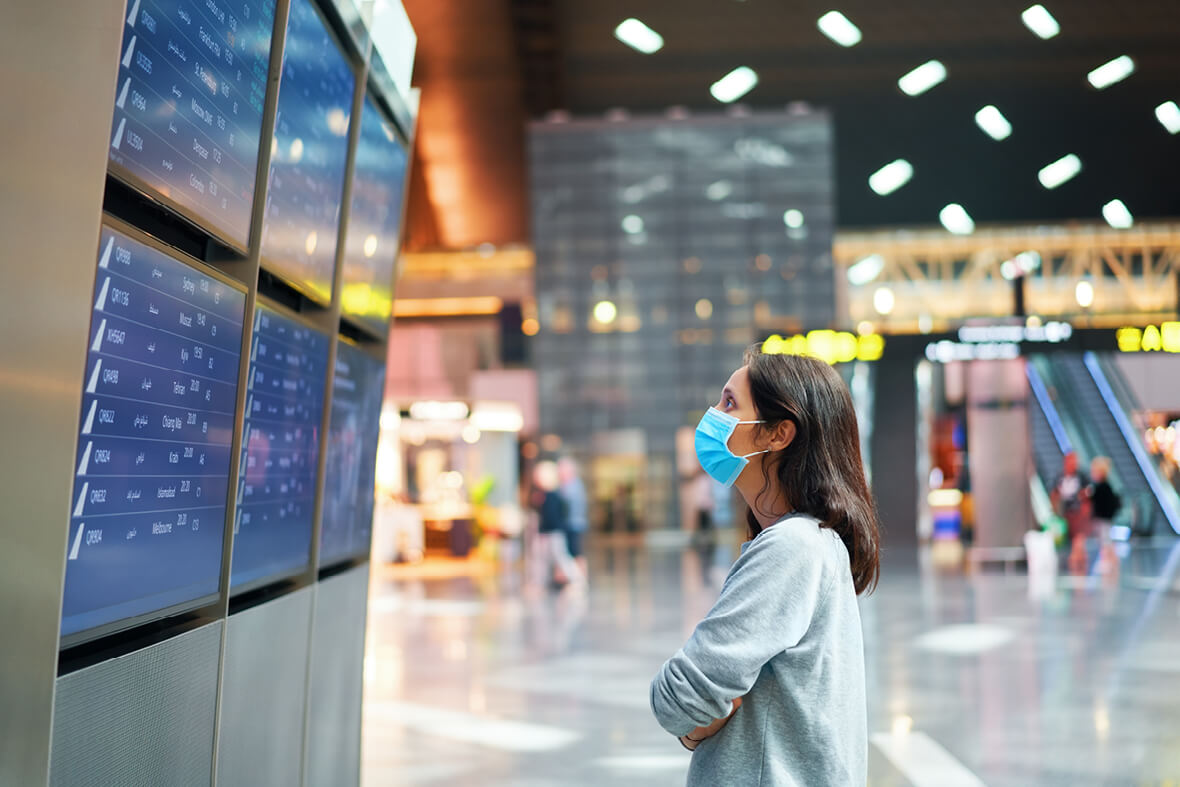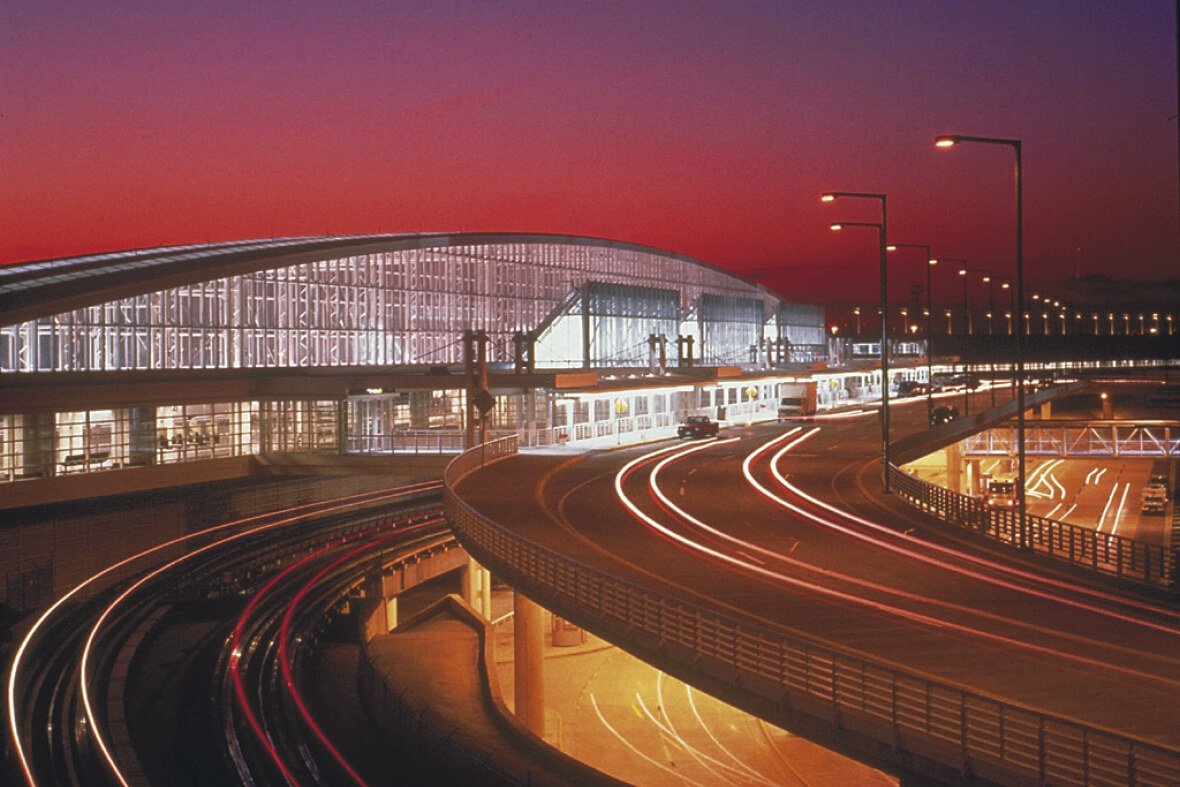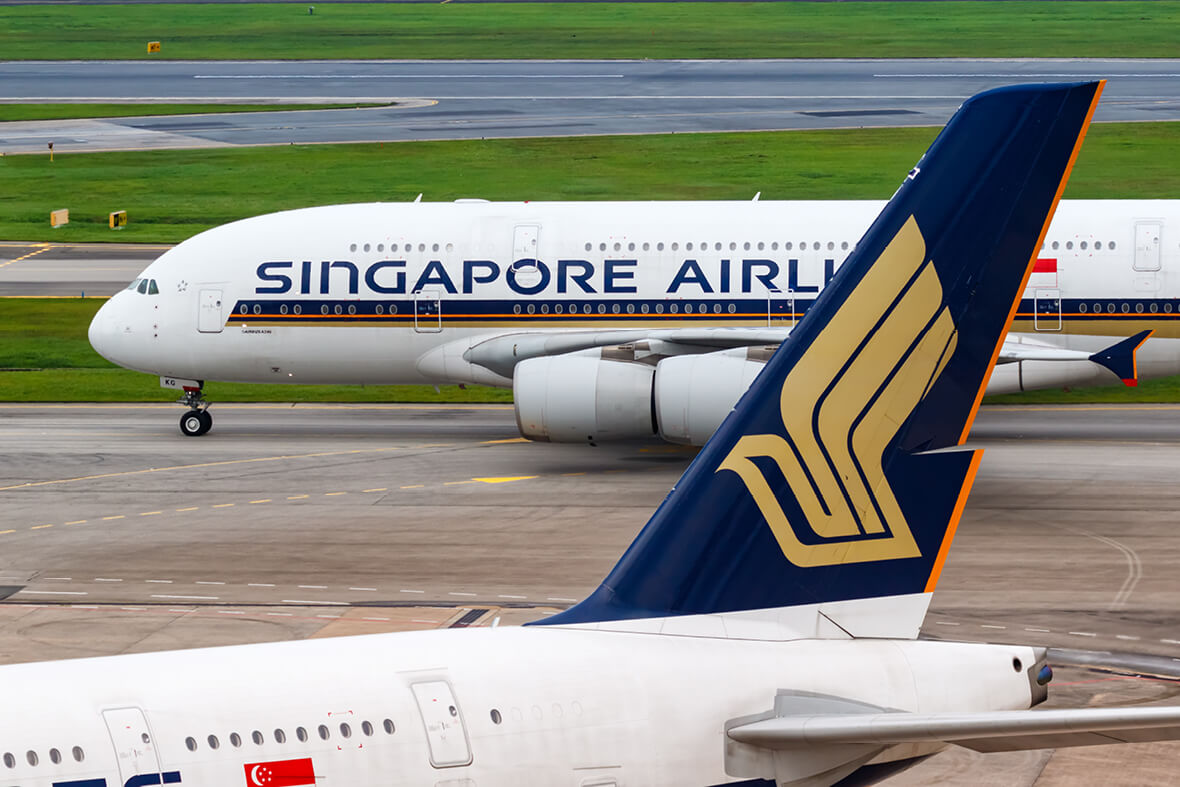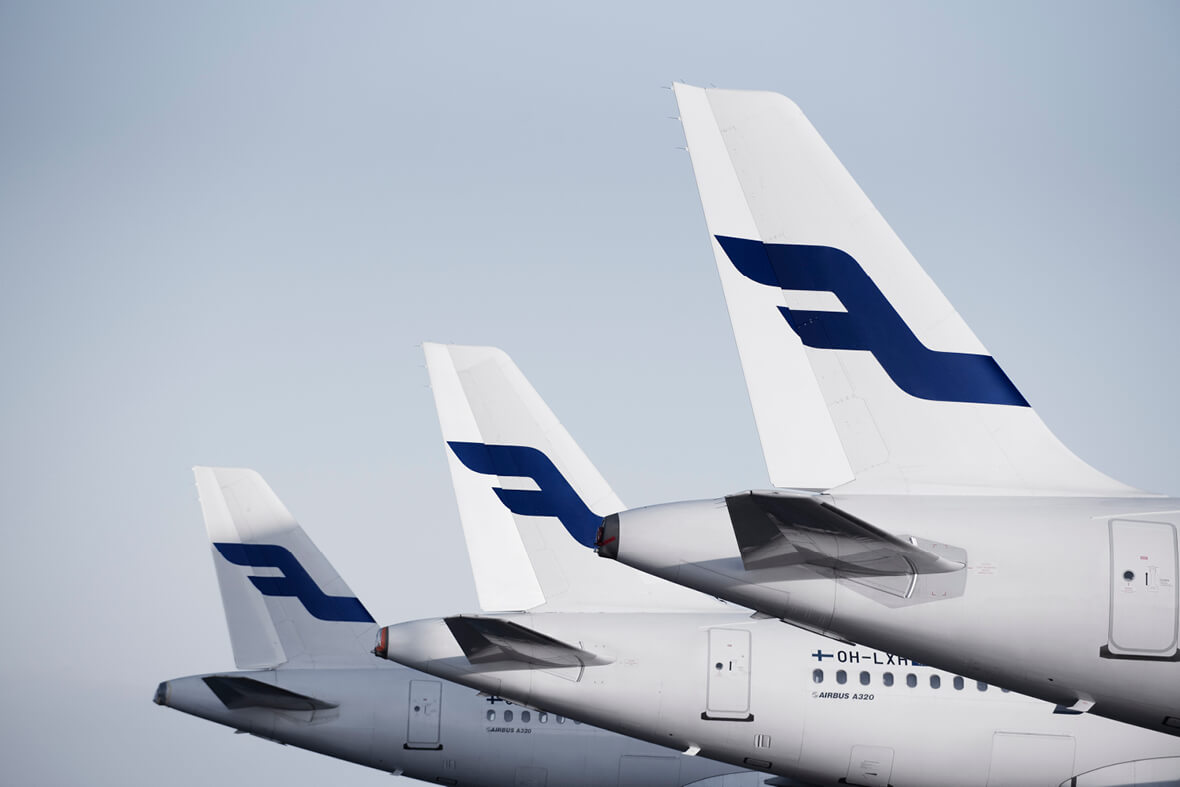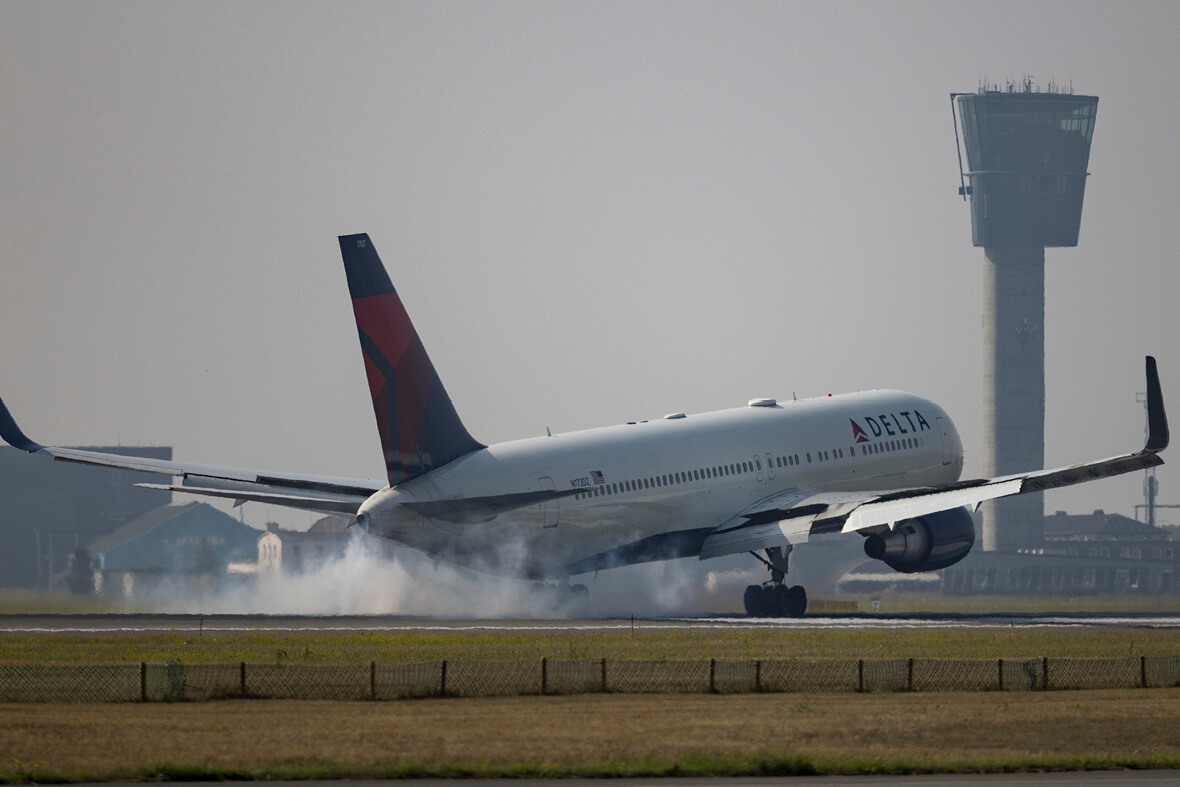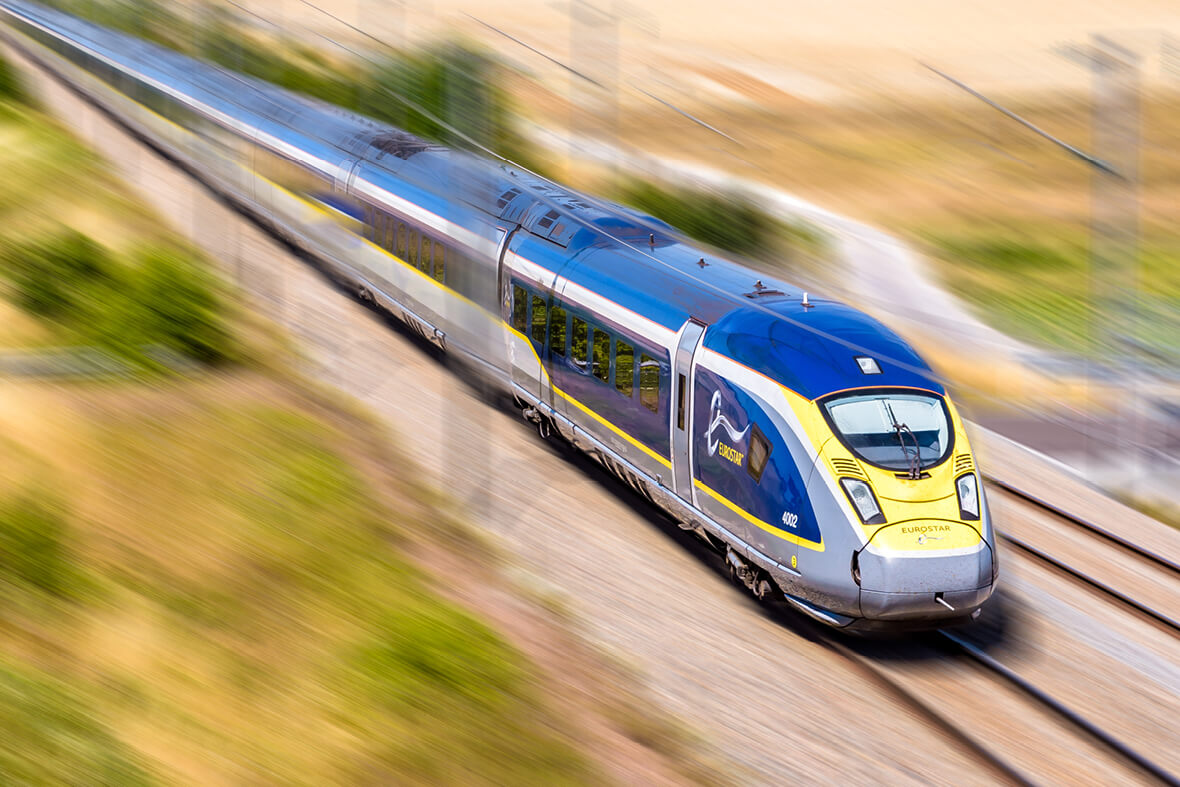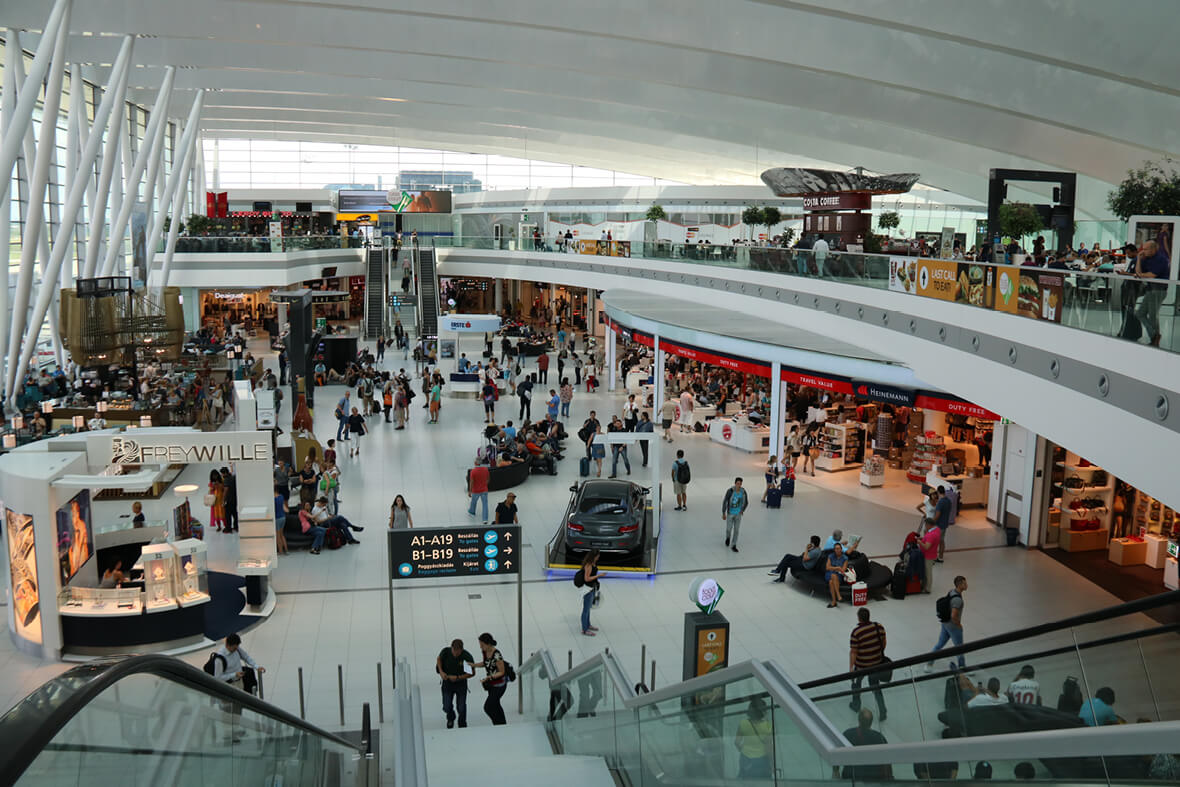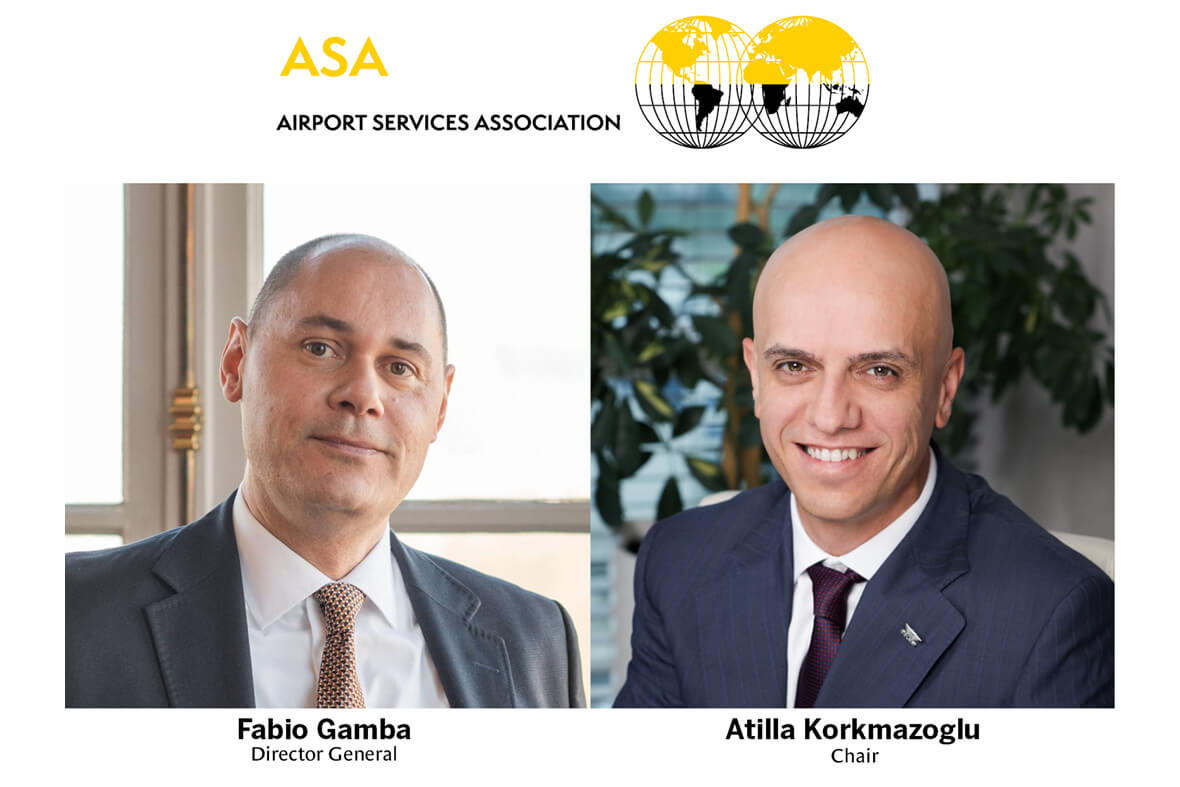It is staggering to write about the first anniversary of Russia’s invasion of Ukraine. In this note a year ago, I talked about how on 24th of February 2022, “the clock stopped for normal life” for Ukrainians, and many others. The capital Kiev’s main airport of Boryspil International and its smaller neighbour Kyiv Sikorsky, as well as Ukraine’s airspace, closed – and remain so.
For most the thought that the invasion would happen in the first place, bringing war to Europe, was unthinkable. Once you come to terms with that tragic reality you ask: when will it end? In February 2022 who among us believed it would last a year? The prospects for the war ending soon appear glum. Some are predicting it could last for years.
Have a look at Boryspil Airport’s Facebook page and see how Ukraine’s gateway is keeping its spirits up and trying to conduct some normal business. There’s the music video filmed in the empty terminal, the aviation security courses conducted at the airport’s ICAO training centre, and the training of 144 operators from Lithuanian handler Litcargus in aircraft de- and anti-icing in October 2022.
The situation at Russia’s airports is far from normal; however, they are operational. Domestic flights are now the exclusive realm of Russian airlines, while international hubs like Domodedovo and Sheremetyevo welcome a handful of international players from China, the Gulf, and Turkey, and a few others. A look at Flightradar24 is telling. It shows a clear gap between flights inside Russian territory and those outside. There are a few overflights of Russia by the likes of Air India, Chinese carriers, and Cathay Pacific, but otherwise Russia is isolated.
The continued impact of the war in Ukraine, global recession, climate events, inflationary fears, and energy security, are among the risks cited by those interviewed and writing in this issue as potential headwinds for the air transport industry. However, barring a curveball that would throw the industry off course again, Ryanair head Michael O’Leary is optimistic, saying: “This is the biggest growth opportunity I have seen for the last 20 years.”
Ryanair has a flow of new aircraft and a cost base that is enabling it to take advantage (see page 16). It has an established business model to seek an opportunity out of a crisis. United Airlines, meanwhile, believes it has a unique opportunity with a strong orderbook and operational resilience (see page 46).
As the headline for this issue states: “New year, new models: Resetting the strategy and business priorities to resume growth”. There are examples on every page. Singapore Airlines is leveraging a plethora of partnerships with carriers in neighbouring countries to significantly expand its network and create a superpresence in Asia (see page 4). Swissport is sharply focused on recruitment and retention as it expands (see page 12) and the service industry’s representative body ASA (Airport Services Association) is reinventing itself too (see page 44).
Patrick Edmond of Altair Advisory examines how the work of network planners will change in the face of the headwinds being faced and the new operating models being adopted (see page 22). This includes how an industry that must factor in decarbonisation to its growth aspirations can adapt.
These are all topics to consider, work through and assess our progress in a year’s time. I sincerely hope the narrative for our friends, family and colleagues in Ukraine and Russia will be positive during this year and that the Editor’s note in Spring 2024 will be vastly different to those of 2022 and 2023.


